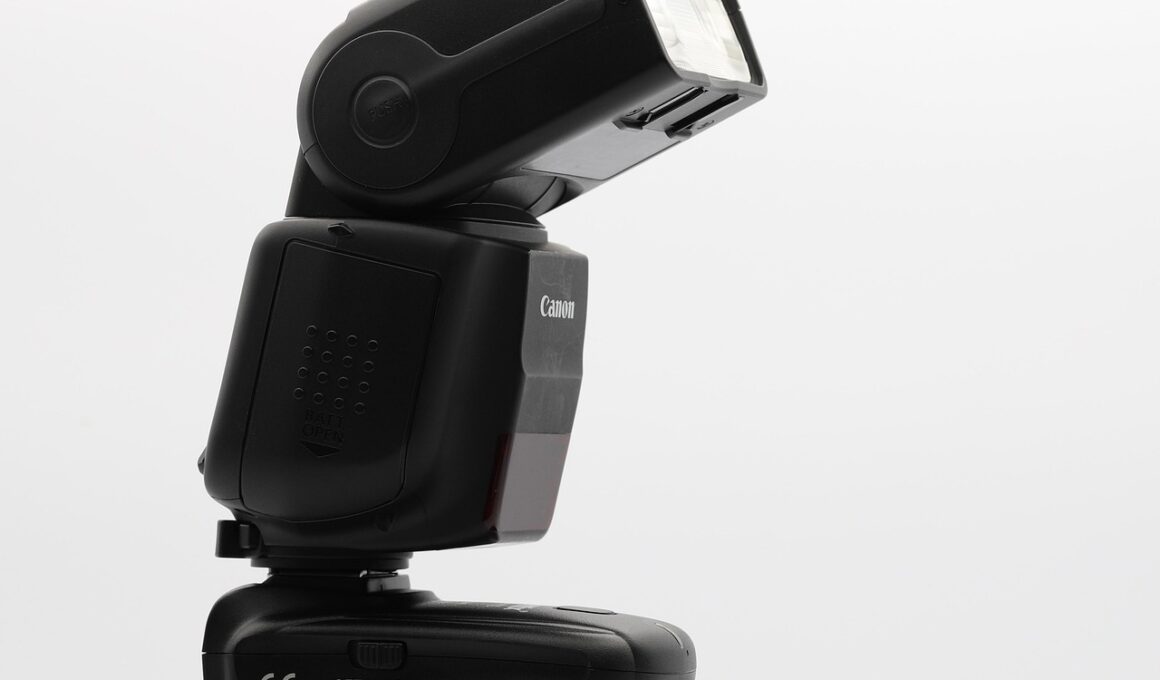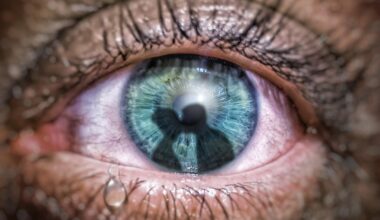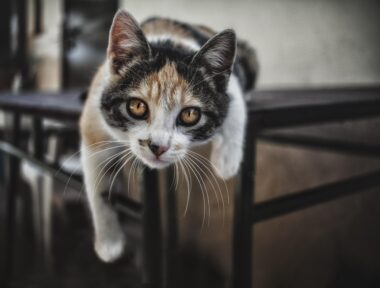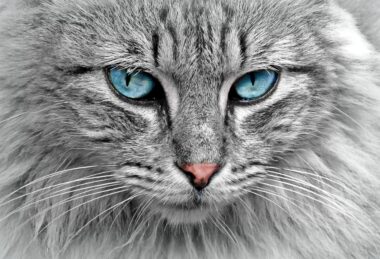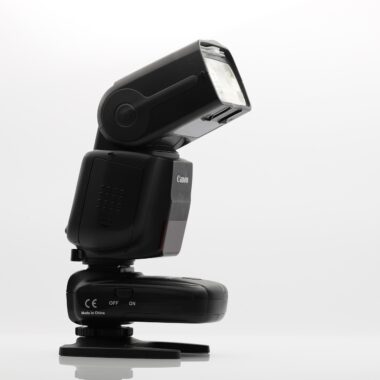Balancing Flash and Natural Light for Outdoor Cat Photography
Capturing stunning images of your feline friends in outdoor environments can be challenging, especially when considering lighting. Using a flash can help in certain situations, but it is essential to strike the right balance between flash and natural light. A flash can create an unnatural effect, which may not be desirable. First, assess the level of natural light available in your shooting environment. This assessment will guide your decision on whether to use flash or rely solely on ambient light. When the sun is bright, reflectors can help diffuse harsh sunlight, providing a softer illumination that enhances your cat’s features. Aim to shoot during the golden hour, early in the morning or late afternoon, for the best light. If using a flash, consider using a diffuser to soften the light. This can prevent the harshness flash can sometimes cause, leading to more natural-looking images. Observing your cat’s behavior and adjusting your camera settings will significantly impact the quality of your photos. Experimentation will find what works best for each feline model you shoot. Understanding these fundamental concepts will set you on the path to capturing better cat photography.
Understanding Flash Exposure
Flash exposure is crucial in outdoor cat photography, especially in low-light conditions. The exposure settings play a key role in how your photos will turn out and can help in balancing flash and natural light. When using flash, you should consider your aperture, ISO, and shutter speed. A lower ISO setting can ensure that your images don’t become too grainy or noisy, which is often a concern when using flash in variable lighting conditions. Your aperture will control the amount of light that hits the sensor; a wider aperture can help in achieving a nice bokeh effect in the background. Shutter speed is equally important; ideally, it should be fast enough to freeze your cat’s playful movements. Using a flash in manual mode allows you to control the output, adjusting it higher or lower based on the available light. Be mindful not to overpower the natural light, as overexposure can dull the details of your cat’s fur and the surrounding greenery. Practice adjusting your settings to achieve balanced results. Continuous learning and experimenting will enable you to master the technical aspects of photography while capturing those purrfect moments.
When photographing cats outdoors, the environment can greatly influence the outcome of your images. When using flash, be aware of the surrounding elements, including backgrounds and how they interact with your subject. Respect the color balance in your photos, as a proper balance creates more visually appealing images. For example, green grass may appear too bright if the flash is used excessively. One way to avoid this is by adjusting your flash power and direction, as this can help to manage the brightness of colors in your shot. Another technique worth mentioning is the bouncing of flash. This involves directing the flash towards a wall or ceiling, allowing the light to reflect onto your subjects. It often results in a softer, more diffused illumination, which can mimic natural light effectively. A key takeaway is to remain observant of how flash impacts your cat’s features and the environment around them. This awareness will ultimately guide your adjustments and contribute immensely to your photographic success. Consider using various backgrounds, both natural and urban, to attain different aesthetics while maintaining a consistent, appealing lighting approach throughout your sessions.
Engaging With Your Cat
Engaging with your cat while photographing can make all the difference in capturing stunning images. Your cat’s comfort and behavior can influence how well they pose for you. Spend quality time with your cat before you begin shooting, allowing them to relax and feel secure in their surroundings. If your cat enjoys interactive play, use toys to provoke natural, curious expressions. This spontaneity often results in candid moments that resonate with viewers. Rather than forcing a shot, observe your cat’s movements and try to anticipate their expressions. Utilize treats or verbal cues to garner their attention. Photographing at their eye level can enhance the emotional impact. This perspective draws viewers into the image, creating a connection with the cat. Patience is key; sometimes, the best shots are the result of waiting for your subject to do something interesting. Remember that the cat is the star of the show, and accommodating their needs can lead to more engaging photographs. Building trust and rapport with your pet will allow for more natural interactions, resulting in beautiful, emotive photographs that showcase their personality and spirit.
When using flash outdoors to photograph your cats, timing your shots is vital. Golden hour, shortly after sunrise or before sunset, typically provides the softest natural lighting. This timing can benefit your photos positively, reducing the necessity for flash while enhancing overall image quality. While flash can illuminate shadows, it is advisable to minimize its use during optimal daylight hours. If necessary, try underexposing the flash, enabling the natural light to illuminate your cat while maintaining the details in the surrounding scene. Adjust your flash settings accordingly, as each environment presents different lighting challenges. If your surroundings include leafy foliage or intricate backgrounds, they can affect how the light interacts with your subject. Always review your photos, and don’t be afraid to make rapid changes if results aren’t satisfactory. During shooting sessions, utilize your camera’s histogram feature to gauge exposure accurately. This modification can help prevent overexposure in brightly lit areas while ensuring your cat is well-lit. The successful combination of natural light and judicious use of flash will elevate the artistic quality of your cat photography significantly.
Post-Processing Techniques
After the photography session concludes, the next critical step is post-processing. Properly editing your images can help bring out the best aspects captured during your outdoor shoot. Software options like Adobe Lightroom or Photoshop allow you to enhance colors, adjust lighting, and apply filters that can transform your initial shots. First, consider adjusting exposure levels if your images appear too dark or light due to flash use and ambient lighting conditions. Adjusting contrast can also enhance your images, providing more depth to your cat’s features and the environment. Fine-tuning the saturation and vibrance can make colors pop, helping those greens and other hues stand out without appearing unnatural. Cropping your images to focus solely on your cat can create a more engaging composition. Don’t overlook the importance of sharpening your images, especially if your photos were taken at fast shutter speeds. Always keep these adjustments subtle, as excessive editing can detract from the natural beauty of your feline friend. The editing phase is your chance to cement your artistic vision, ensuring that the final images reflect the quality of your outdoor experiences.
Finally, sharing your cat photography with the world can feel just as rewarding as taking the photos themselves. Utilize various platforms, including social media sites focused on pets, to showcase your captivating images. Instagram, Facebook, and Pinterest are great spaces for reaching other cat lovers who are eager to connect. Craft engaging captions that resonate with your audience, telling the story behind the shot or expressing your relationship with your cat. Consider following communities that share similar interests in pet photography, as engaging with other creators can facilitate learning and inspire your future shoots. Additionally, blogging platforms can serve as excellent outlets for sharing photography tips and tricks, elevating your profile in the community. Not only does this encourage engagement, but it also fosters ongoing passion for cat photography. Many cat owners appreciate learning about the various elements you utilize, such as lighting options and camera settings. Remember to keep safety and comfort at the forefront while sharing experiences and building connections in both virtual and real-life communities. Embrace the opportunity to advocate for cats and their photography through your lens, fostering a supportive art environment.
